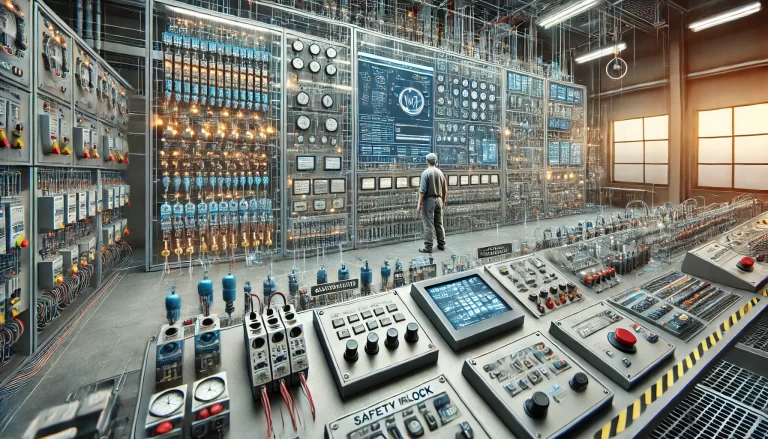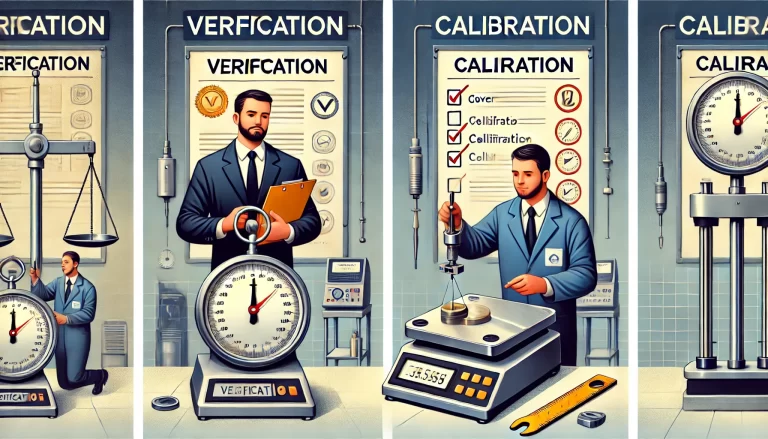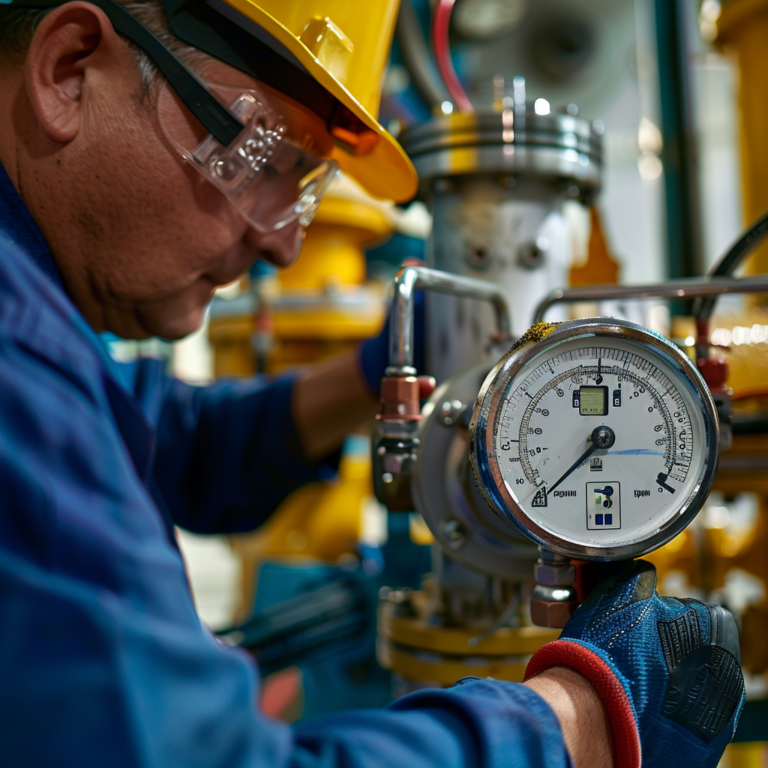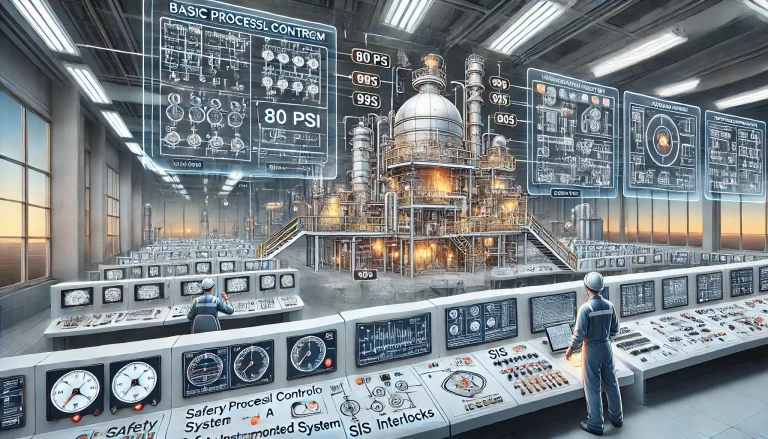At the end of each year, businesses begin to formulate plans, which are then implemented at the start of the following year. The effectiveness of these plans directly determines the smoothness of execution. Given the importance of planning, how can enterprises organize their annual instrument calibration more effectively? Here is a comprehensive guide with four key steps to streamline your planning and ensure successful execution.

1. Organize Instruments into Batches
Manufacturing enterprises typically manage hundreds or even thousands of instruments, and in large organizations, this number can reach tens of thousands. Without proper categorization and batch scheduling, calibrating these instruments can quickly become chaotic and inefficient.
Best Practice:
- Categorize instruments based on type, usage, or department.
- Aim to complete calibration in 1–3 batches annually. If possible, consolidate all calibration tasks into a single batch to save time and resources.
- If a single batch isn’t feasible, split the calibration into two batches, with three as the maximum. This approach minimizes disruptions and ensures efficient use of resources.
Example:
- Group similar instruments together, such as temperature sensors, pressure gauges, and measuring devices, for calibration in the same batch.

2. Select and Coordinate with Calibration Providers in Advance
Most companies have established partnerships with calibration providers, but effective planning requires more than just having a list of suppliers.
Establish a Calibration Provider System:
- Primary Partners: Work with trusted, high-quality providers who can handle the bulk of your calibration needs.
- Backup Providers: Maintain a pool of backup providers to address unforeseen circumstances, such as delays or capacity issues with primary partners.
For New Enterprises:
- Select providers based on proximity and quality. Opt for companies with strong credentials and excellent service, even if they are slightly farther away.
- Larger calibration providers often have branches in multiple cities, making them accessible even across provinces.
Share Your Annual Plan:
- Provide the selected providers with your calibration schedule well in advance. This allows them to allocate resources, such as engineers and calibration standards, ensuring smooth execution.

3. Ensure Effective Communication Before Each Calibration
Clear communication with calibration providers before each session minimizes misunderstandings and delays.
Key Communication Points:
- Instrument Details: Share a detailed list of the instruments to be calibrated, including their types, quantities, and specific requirements. This helps providers prepare the right tools and personnel.
- Facility Coordination: Inform internal departments about the calibration schedule to arrange necessary support, such as workspace access, auxiliary tools, and environmental conditions.
- Access and Entry Protocols:
- Confirm entry times and required documentation (e.g., ID cards, health codes during pandemic periods).
- Clarify safety protocols and entry procedures, including routes to calibration areas, safety equipment requirements, and health guidelines.
Example:
- Before calibration, an enterprise communicates with the provider to schedule a specific day for high-priority instruments, ensuring minimal disruption to production schedules.

4. Execute Plans Rigorously and Prepare for Contingencies
Instrument calibration generally involves minimal risk, but certain situations, such as calibrating high-risk equipment (e.g., involving water, electricity, toxic gases, or high-altitude work), require special precautions.
Preparation for High-Risk Scenarios:
- Outline safety measures and train personnel in advance.
- Develop contingency plans to address potential emergencies, ensuring rapid response.
Enhance Efficiency:
- Confirm that all necessary tools, environmental conditions, and staff support are in place before calibration begins. This reduces downtime and increases calibration efficiency.
Plan for Disruptions:
- Anticipate potential delays or provider issues by maintaining flexible schedules and a list of backup calibration providers.

Conclusion
By following these steps—organizing instruments into manageable batches, selecting and coordinating with reliable calibration providers, maintaining effective communication, and preparing for contingencies—enterprises can streamline their annual calibration process. This not only ensures smooth operations but also reduces time and cost investments, allowing businesses to focus more resources on creating value.
Planning well is the foundation of success. With these strategies, enterprises can achieve efficient and hassle-free instrument calibration every year.
